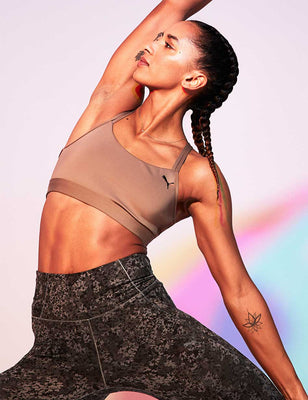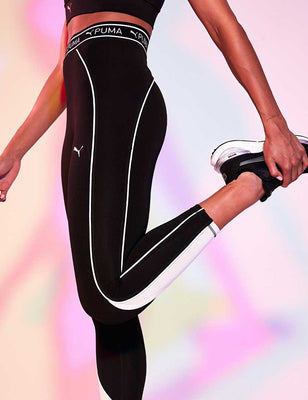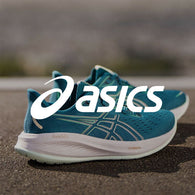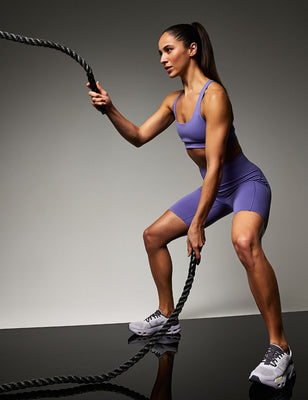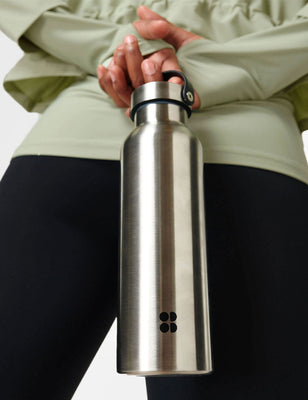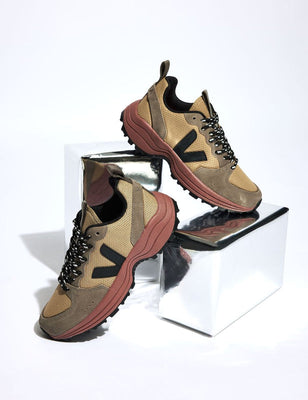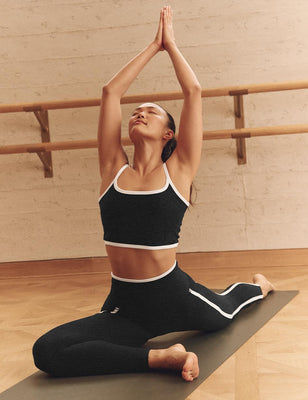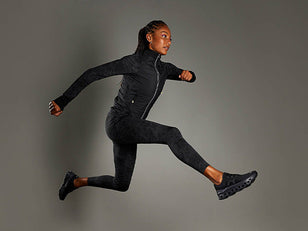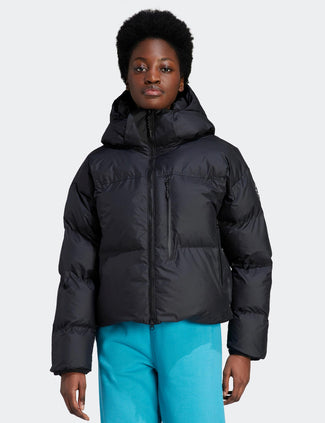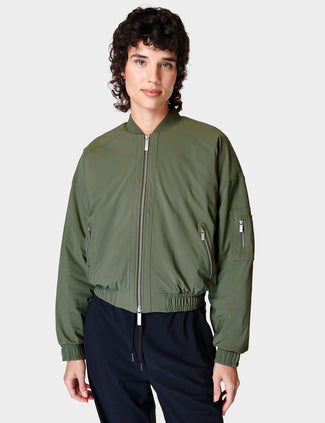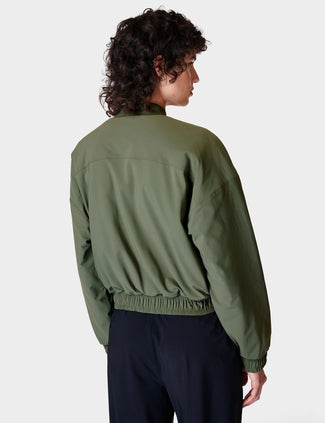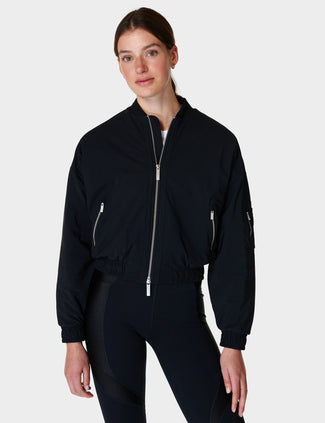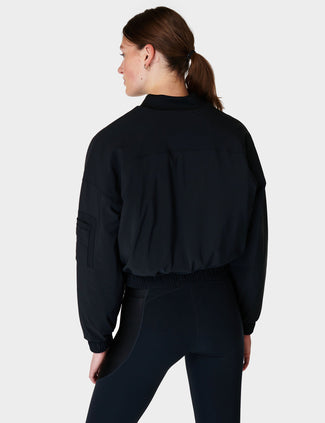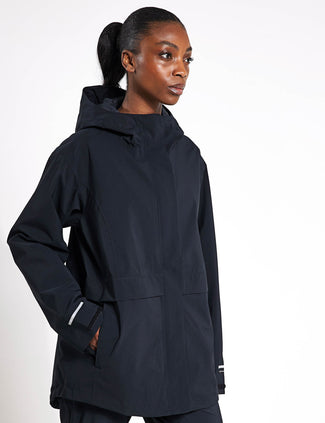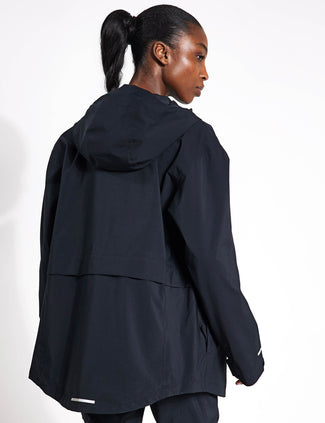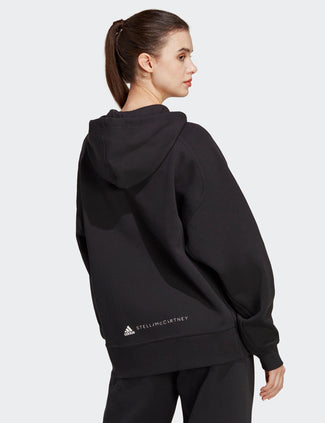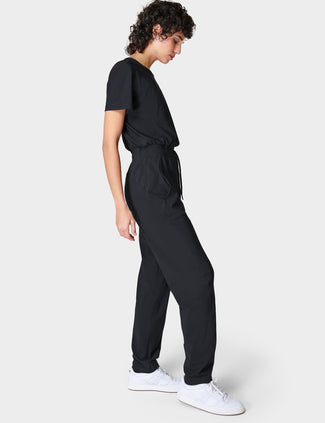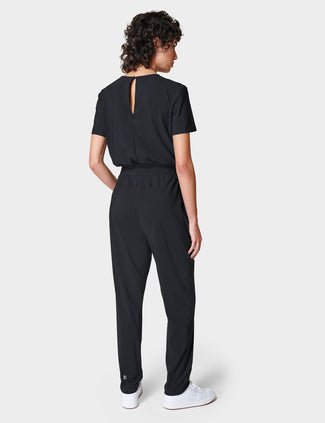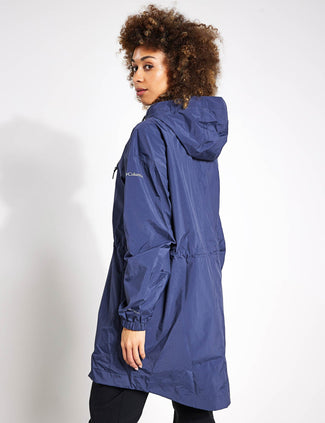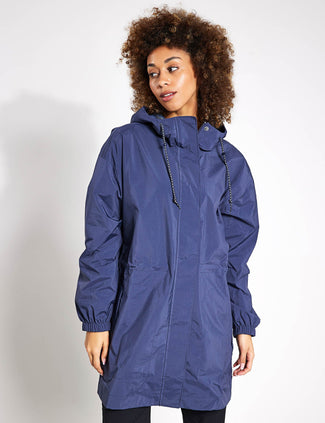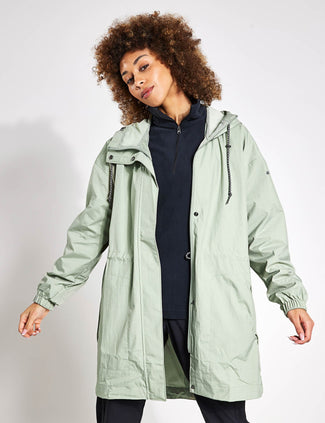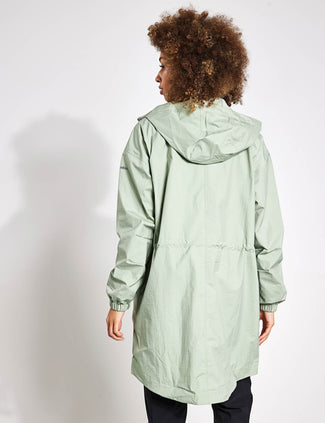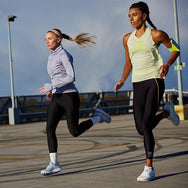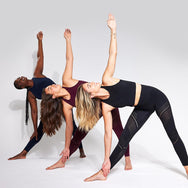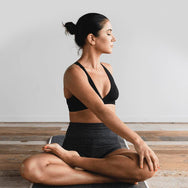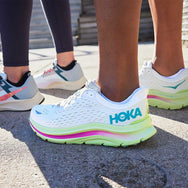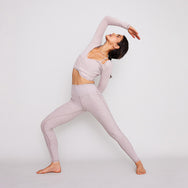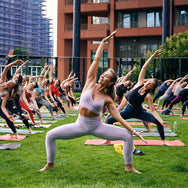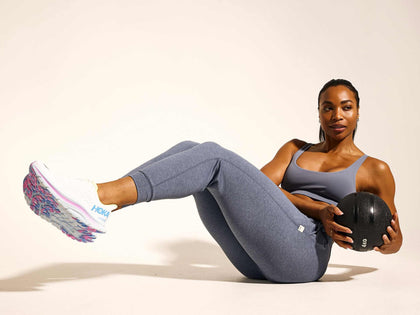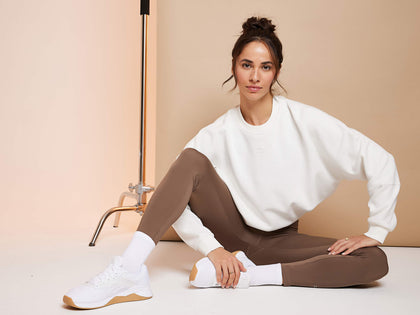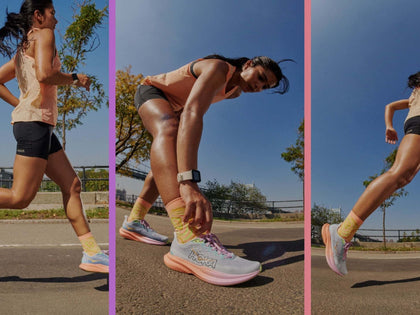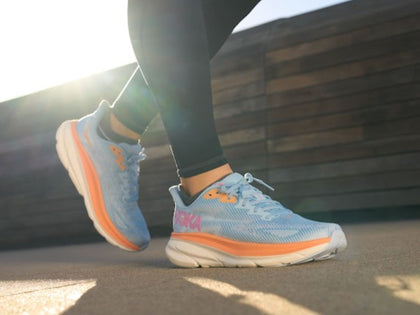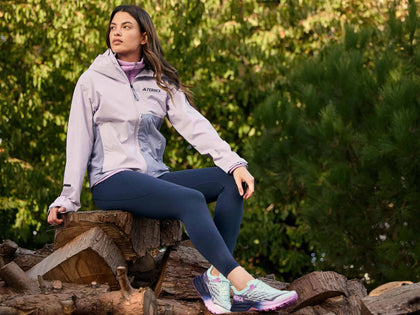Author: Olga Stignii, certified personal trainer
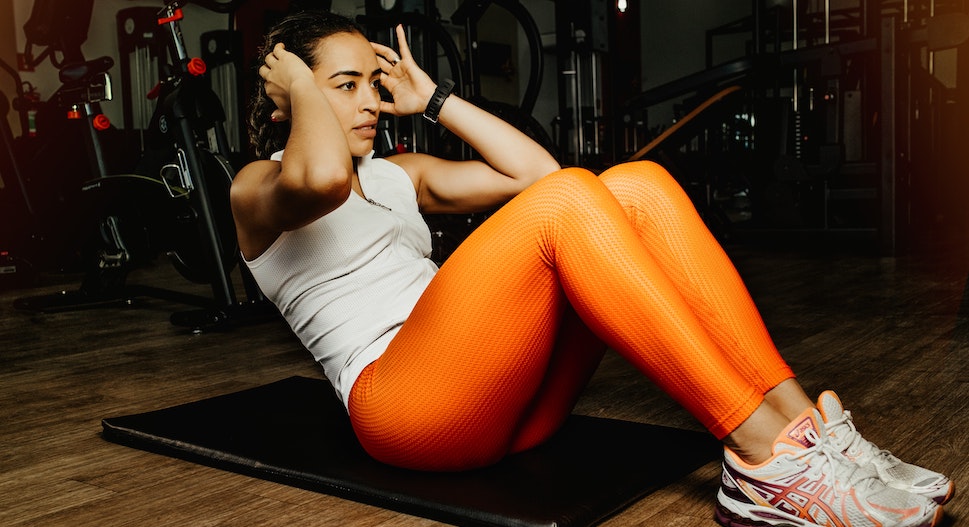
In response to the global pandemic of the Coronavirus (COVID-19), many of us are staying indoors for personal and public safety. Such changes to daily life can make it difficult to find routine, especially if fitness is a regular part of this for you. This is an important time to look after our physical and mental health, and exercise is one of the most accessible tools we can use to stay well.
Exercise is proven to boost endorphins and serotonin, often thought of as the ‘happy chemical’, which is a process that can contribute to a sense of wellbeing and reward. These are feelings we could all use a little more of on a normal basis, but particularly in these changing times. Importantly, all these things also help us manage stress and practice resilience.
Gyms and studios have temporarily closed doors, so it’s time to get creative in the ways we approach working out. Many of your favourite studios have moved to feature online classes or live Instagram TV sessions. While these are fantastic options to stay connected and moving, there’s plenty you can do on your own without the tech involved. This blog highlights great workouts to do at home with no equipment.
Time each exercise to a song you like. Try to maintain intervals of 30 seconds, changing exercises consecutively and taking breaks where you need. Take a minute rest after completing one full circuit, then repeat for 5 circuits.

Air Squats
What do Air Squats do?
Air squats are a great tool to get your body warmed up ready to work out. This activates several lower body muscles as you squat down, including your: glutes, quads, hamstrings, hip abductors and adductors and your calves. All of these improve hip mobility which helps with the other exercises to follow.
Moving up from lower body muscles, a correct air squat calls for you to engage your core whilst performing the exercise. This keeps your back flat and protects it from injury.
How to do Air Squats
To safely perform air squats, stand with your legs a little wider than shoulder-width apart. Keeping your back straight and core engaged you should then:
- Reach your arms out in front of your chest, either parallel to each other or with hands clasped. Slowly bend your knees, focussing on pushing hips back as if you were moving to sit in a chair.
- Squat down until your knees create a 90-degree angle between your thighs and calves, or until your thighs are parallel with the floor. Your knees should be over your toes. It’s important to not lower far beyond this point, as doing so does not activate your muscles properly. No cutting corners!
- Exhale, and slowly return to your starting position at standing. Bring your arms to your side, and repeat.
Progression: turn this into a jumping squat, by leaping up after completing each downward movement.

Alternating Reverse Lunge Knee Drive
What Do Reverse Lunge Knee Drives do?
Reverse lunges with knee drives are fantastic for firing up your quadriceps and glutes, which may feel especially good after long hours sitting at your desk or working from home. By performing these with each leg alternating, you ensure positive alignment and equally distributed strength to the muscles. The lateral muscle group training also tests your stability, as you rely on single leg support throughout the exercise.
How to Reverse Lunge Knee Drive
To do a reverse lunge knee drive, stand with your feet hip distance apart. Commence the following movement:
- Step back with your left knee, creating a 90-degree angle. This pushes the weight into the right foot - your right knee should now be over your toes.
- Keep your back straight and do not slouch your shoulders.
- As you stand up, engage the core, drive the left knee up in front of your hips
- Repeat this movement for a 30 second repetition, then change sides.
Progression: for a progression of this movement, bring your back leg across and behind the front leg so that your back foot is planted to the outside of your front knee as you lunge. This is known as a ‘curtsy lunge’ or ‘curtsy squat’.
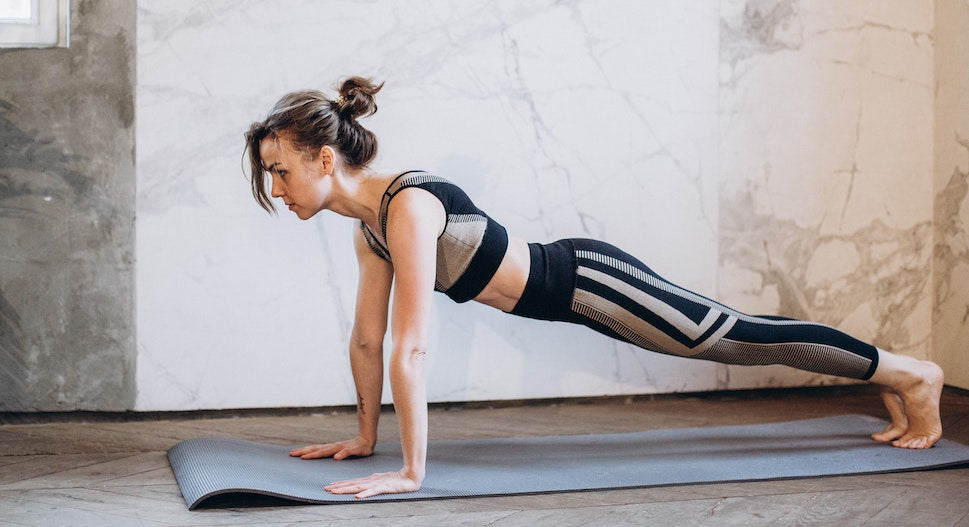
Plank Walkouts
What do Plank Walkouts do?
Plank walkouts are another exercise that fit nicely at the start of a workout as a warm up, but do also offer a nice dynamic use of multiple muscle groups should you shuffle it elsewhere if your HIIT routine. The plank walkout is an exercise that strengthens your core and hips. While also warming up the shoulders and biceps as you perform your walkouts.
How to do Plank Walkouts:
To do you a plank walkout, you will start with your arms at your sides and feet flat on the floor at hip-distance apart. The movement will go like this:
- Hinge at the waist, bringing your hands to the ground. the knees over so slightly if you really need to, otherwise enjoy the hamstring stretch on your way down by keeping legs straight.
- Slowly walk your hands forward until you come to a plank position. Keep your toes planted to the floor and your back and body all in a straight line.
- In your plank, your hands should be shoulder-width apart, keeping arms straight and shoulders rotated back to protect against curving them forward and compromising your flat back.
- Hold two for two counts, and slowly reverse the movement, walking your hands back up. Repeat.
Progression: there are two possible progressions for a plank walkout, both occur once you assume your plank position. From here, you have the option to either reach one hand up toward the ceiling, keeping legs straight and pelvis squared. This is a great chest opener. Alternatively, once you come to your plank, you can take one small step out with each foot and then bring them back to center before walking your hands back up. This engages more of your lower muscles.

Abdominal Crunches
What do Abdominal Crunches do?
Crunches are one of the most well known exercises that work your abdominals and obliques. They’re very similar to the popular sit-up, but the starting position for an abdominal crunch lifts your back off the floor. This decreases your risk of injury and keeps the exercise intensely focused to your abs without engaging your hips as a sit-up would.
How to do Abdominal Crunches?
To perform an abdominal crunch, lie on the floor with your knees bent and propped up. Make sure your feet are flat and planted on the floor hip-distance apart, with your heals about a foot (30cm) away from your tailbone. Place your hands behind your head for support, being careful not to strain your back. Or, cross your arms over your chest to avoid pulling on your neck.
- Inhale, and pull your belly button toward your spine.
- Contract your abdominals, and use your core to lift yourself up so that your shoulder blades are a few inches off the floor. Exhale as you continue to bring yourself up
- Hold at the top for a few seconds, then slowly bring yourself back down. Doing slow controlled movements is the way to get the most out of this exercise.
- Keep your upper back and neck safe during this exercise by imagining you have a tennis ball under your chin.
Progression: make this more difficult by turning into ‘bicycle crunches’. To do this, start with your legs up at 90-degrees. Calves parallel to the floor. As you come up to crunch, twist your core and bring your elbow to your opposite knee, extending the unilateral leg out straight as you do this. Alternate opposite elbow to opposite knee, and your legs should be moving in a circular motion as if you were on a bike. As before, slower is actually better here.

Hip Bridges
What do Hip Bridges do?
Hip bridges are a great and very simple exercise that works your glutes, lower back and hamstrings. These are all key muscles you may well want to stimulate if you’ve been in a seated position for an extended time.
How to do Hip Bridges
When approaching a hip bridge, start in the same way we started our crunches. Laying flat on the floor with knees propped up and feet planted hip-width apart about 30cm away from the tailbone. Place your arms at your sides, palms flat on the ground.
- Activate your core and hips, by raising your pelvis up into an elevated bridge-like position. Keeping hips square and shoulder blades grounded flat on the floor.
- Squeeze your glutes when you’ve reached the top of this movement. You will feel good engagement in your glutes, quads, and hamstrings.
- Slowly release and come back to the floor. Repeat
Progression: If you feel you want to take this hip bridge further, you can progress by lifting one leg in the air as you come up. As you come up, raise one leg so that there is a straight line from your knees to your shoulders. Flex the foot on your raised leg so that toes point toward you. Slowly come back down and alternate legs. This fires a deeper glute activation.
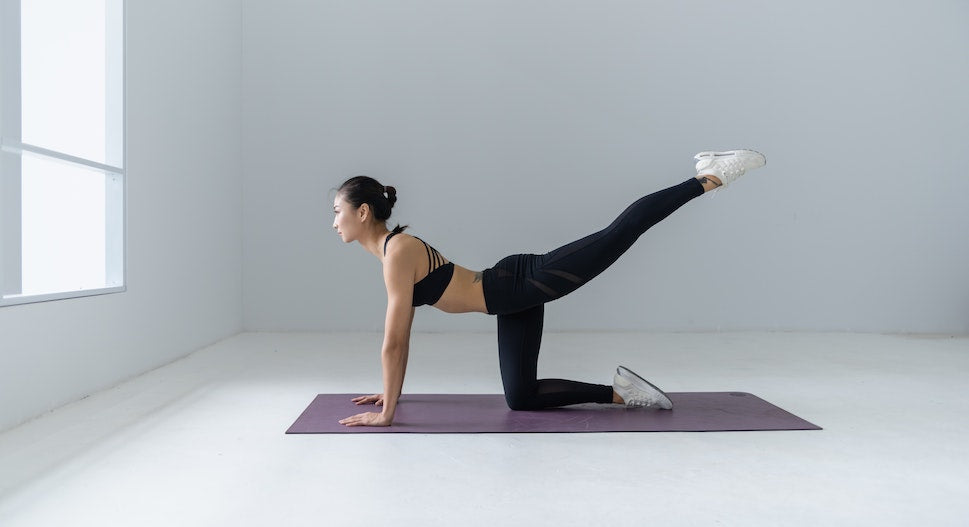
Donkey Kicks
What do Donkey Kicks do?
The donkey kick is an exercise celebrated for its shaping and toning results, keeping glutes peachy keen. Not only does this exercise tone and tighten gluteus muscles, it works wonders on hip flexors ultimately improving mobility.
How to do Donkey Kicks
To perform a donkey kick, start in a table top position: on all fours, hands shoulder distance apart, knees bent and at hip-width apart, feet flexed with toes on the ground.
- Lift one leg up behind you until your flexed foot is parallel to the ceiling.
- Keep pelvis square, and try not to twist your torso as you do this.
- Slowly bring down the raised leg, switch, repeat.
Progression: you can continue working your gluteal muscles by trying a “fire hydrant”. Begin in the same table top position, and instead of raising your leg back, raise it sideways so that your bent leg is as inline with your body as you can manage. This is fantastic variation to increase mobility.

Conclusion
While gyms and studios may not be accessible for a while (in person at least), there is plenty of exercise you can do at home. Better yet, you can still get an intense full body workout with no equipment required. Of course, you could incorporate resistance bands or weights to all the exercises described here. But there is plenty of variation and creativity to be found in these movements without any extra kit required. Staying active, even for just 15-minute circuits as with this workout plan, is important in keeping your mind and body strong.
